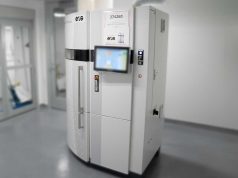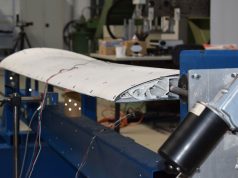A team of researchers from the Carnegie Mellon University have developed a battery that is biocompatible and can be swallowed. The battery uses melanin as cathode and another material like copper or iron as anode. To make sure it can be swallowed the team has used a special 3D printable PLA for the casing.
Of course there is the question: Why do we need batteries that can be swallowed? There are a lot of answers to this question and of course there are a lot of use cases for such devices. For example a device that provides painkiller or any other medicine over a constant time. The second example is even more futuristic: A camera that is powered by the small battery and sends pictures of the stomach and intestine – that would be a nice and more comfortable alternative to conventional stomach and colonoscopies.
With the now developed technique a 5 mill watt device could be powered for 18 hours with a battery that uses 600 milligrams of melanin as cathode. But the researchers are also working with pectin batteries because pectin can be abstracted from plants and like melanin it’s also biocompatible. It’s not known when these batteries and medical gadgets that use these batteries will be available on the marked but one thing is sure: The development of this future high tech medical application has already started.
Subscribe to our Newsletter
3DPResso is a weekly newsletter that links to the most exciting global stories from the 3D printing and additive manufacturing industry.























